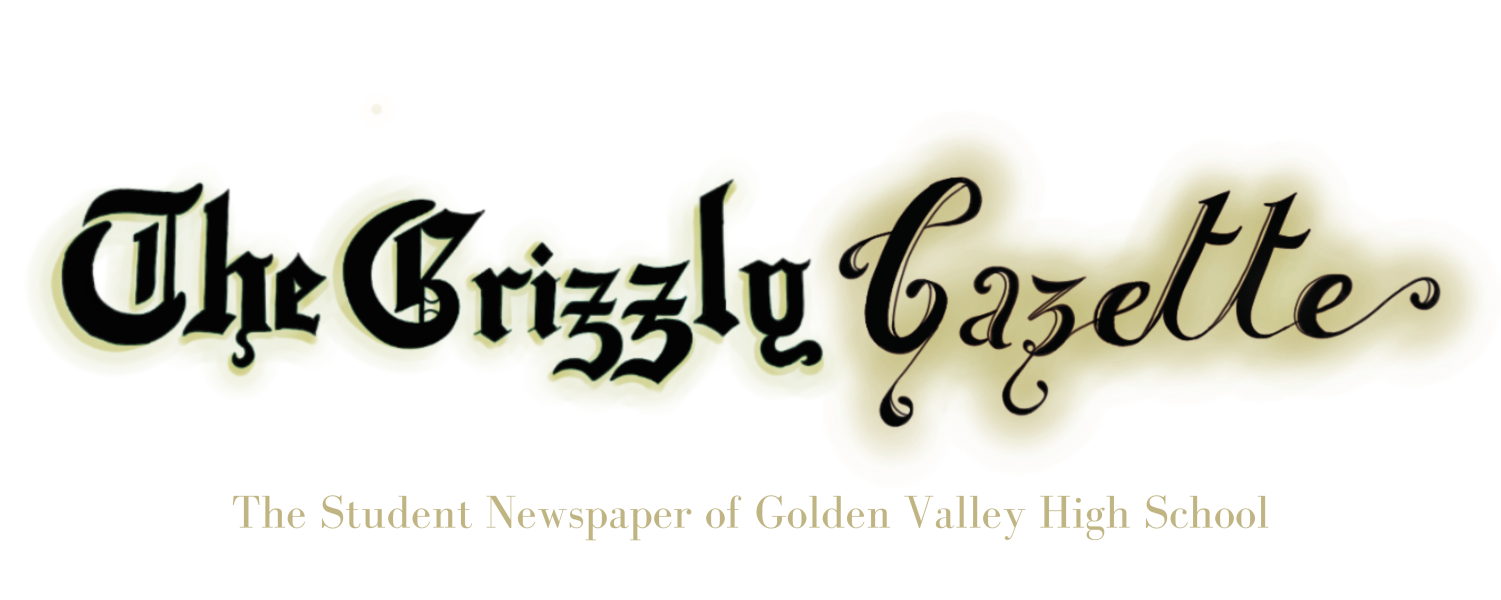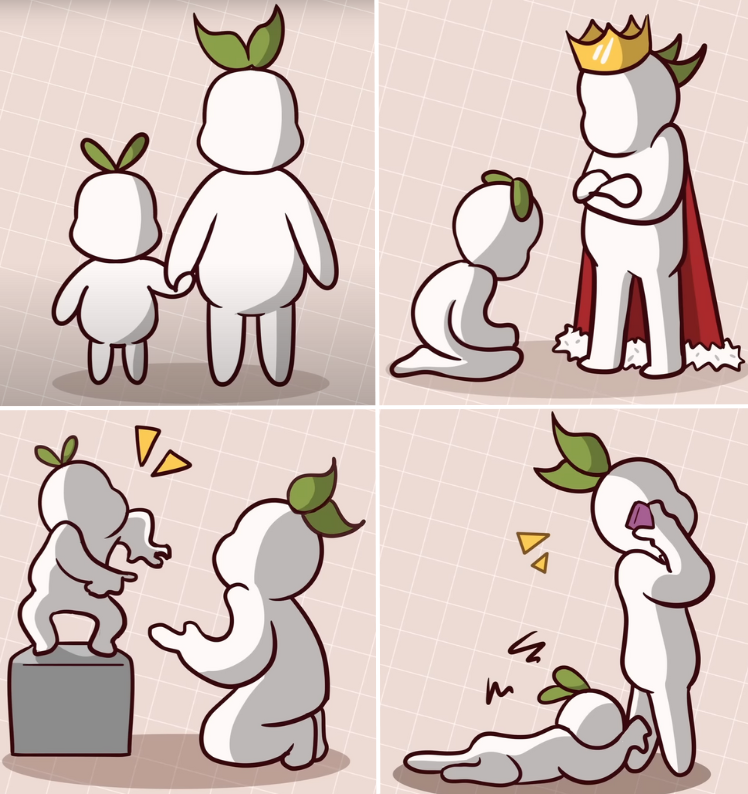Disney animated films have defined timeless classics in the media across generations, enchanting audiences with their intriguing visuals, tales, and nostalgic music.
Beyond the magic of Disney films are underlying themes that represent various parent relationships. For example, the integration of warmth and strict relationship between King Triton and Ariel in “The Little Mermaid”, contrasts to “Treasure Planet” showing Mr. Hawkins’ neglectful acts towards his son. In addition, Bob Parr’s acceptance and absence of control towards Dash’s behavior from “The Incredibles.”
Parenting Styles
According to JESSUP University, three key parenting styles were recognized by psychologist Diana Baumrid in the 1960s, authoritative, authoritarian, and permissive. The 1980s introduced a new parenting style: uninvolved. This was identified by Stanford researchers Eleanor Maccoby and John Martin.
Warmth and control are used to determine a parenting style. Warmth is measured with affection and control includes a parent’s response to a child’s behavior and emotions.
Authoritative Parenting
“The Lion King” shows the relationship between Mufasa and his son Simba having a healthy balance between high warmth and support towards a child along with appropriate monitoring with discipline. Mufasa frequently disciplined Simba, but was sure to communicate his reasoning. This parenting style is known to be a healthy balance between love and discipline, and work and play.

Authoritarian Parenting
Mr. Darling from “Peter Pan” plus Frollo from “The Hunchback of Notre Dame”, are parents who represent authoritarian parenting with their extremely strict parenting, and high expectations of their children.
Mr. Darling is a parent who constantly orders respect from his children, and Frollo adopted Quasimodo bearing high expectations for him. In addition, this style includes a lack of feedback and responsiveness from the parent, leading to negative reinforcement of the child.
Healthline presents Peter Pan Syndrome. Children who grow into adults are short of skills for adulthood due to a lack of freedom and no emotional availability from parents as a child. As a result, these children face the long-term consequences of this parenting style.

Permissive Parenting
King Fergus from “Brave”, and Geppetto from “Pinocchio” are characterized as permissive parents with low demands yet high responsiveness. King Fergus would allow his three sons to mess around, and find amusement in it. Gepetto, the father figure of Pinocchio, fixes him right up when he gets into trouble, characterized to be very loving but setting few rules. This style shows parents viewing their child as an equal, similar to a friend where the children can lack self-discipline.

Uninvolved Parenting
Mr. Hawkins from “Treasure Planet” revealed to have an uninvolved parenting style by constantly ignoring his son which eventually led to abandonment. This style is categorized to be the most detrimental to children as parents are unable to meet a child’s needs. There is an absence of affection, support, guidance, and responsiveness in the parents.
Although there is a small percentage of uninvolved parenting in Disney, it sheds light upon the negative impacts of the following parenting style.

Societal Norms & Gender Roles
From the 1900s, parenting styles represented in cartoons remained consistent, and gradually societal norms were challenged in the modern day.
In Disney, traditional parenting roles are often depicted as fathers commonly granted significant positions compared to mothers. Fathers are emphasized to be career-focused displaying passion for their work thus are likely distant when it comes to parenting.
However, mothers are seen as significant players in parenting, often in the caregiver role. Plus, mother figures are often absent in older films in turn forcing the character to grow up. This portrayal reveals enforced traditional stereotypes, gender roles, and parenting responsibilities.
According to Mass Communication and Society, a study revealed, “Father figures were significantly more likely to use authoritarian and permissive parental approaches whereas female caregivers were more authoritative.” This reflects Disney’s representation of rooted sexism through the traditional roles women and men are bound to.
______________________________________________________________________________
Overall, Disney explores numerous parental representations and their implications. With Disney contributing to saturating the media of traditional family dynamics they also recognize the countless relationships between characters. Although many years are to come to alter the power of family dynamics to be inclusive to others, the media is challenged with upcoming films fostering increasing representation.
Youtube Link– https://www.youtube.com/watch?v=qBljAEjy8sQ



